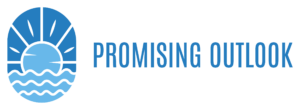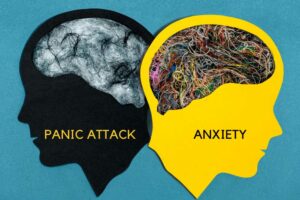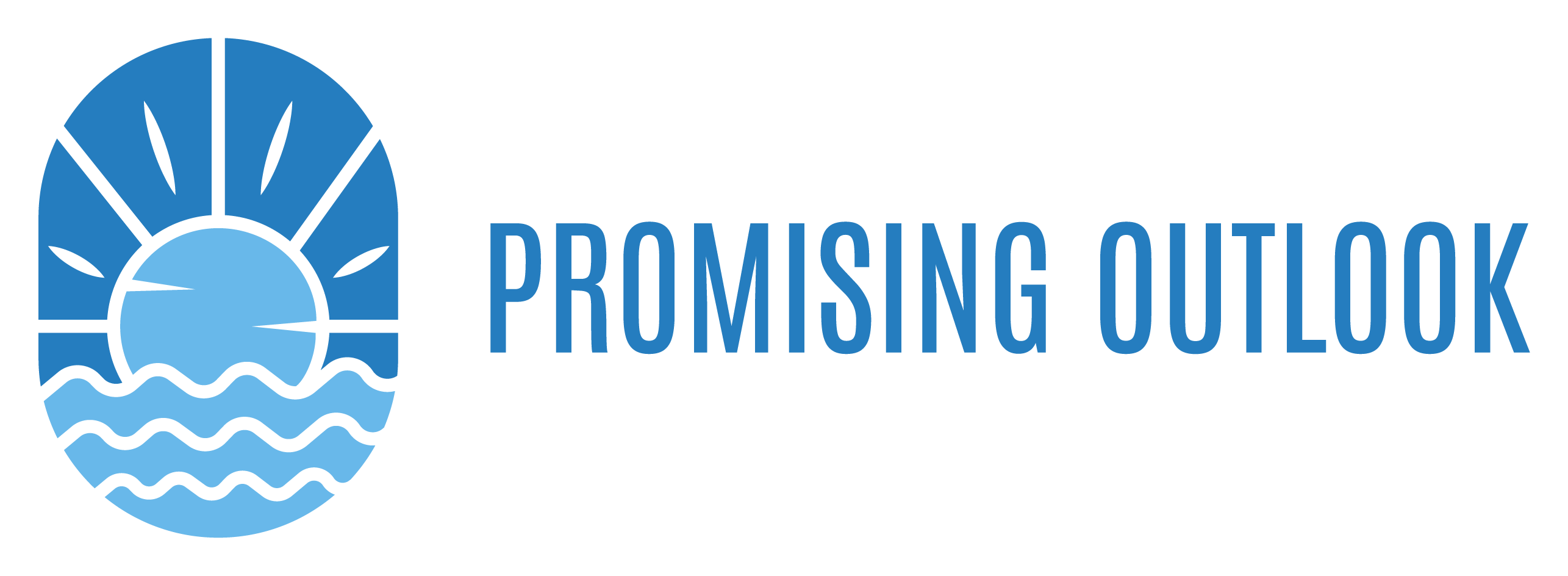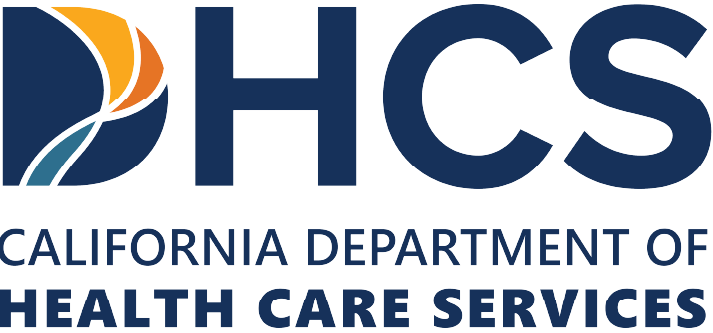Do you always want popcorn when you go to the movies? Is it hard for you to walk through the lobby and see and smell the popcorn without getting some? Do you associate popcorn with going to the movies? The desire for popcorn at the movies is a great example of triggers and cravings.
What Is a Craving? What Is a Trigger?
Merriam-Webster defines a craving as “an intense, urgent, or abnormal desire or longing,” and gives as examples a craving for chocolate or a craving for new experiences. The McGraw-Hill Concise Dictionary of Modern Medicine defines a craving as a “strong desire to consume a particular substance, eg., of abuse, or food; craving is a major factor in relapse and/or continued use after withdrawal from a substance of abuse.”
In our “popcorn at the movies” example, the craving is for the popcorn. The triggers, or cues, are the smell and sight of the popcorn, the concession stand, and even going to a movie theater itself.
While there is nothing terribly wrong with enjoying popcorn at the movies, it would be nice to feel as if you had more control over the situation. For example, you might be saving money for a large purchase, and concession stand prices are very high for what you get. Or you might need to lose weight for health reasons. A large popcorn at the movies could have nearly 1,000 calories, and that’s before you add any butter flavoring.
The good news is that cravings usually are fairly short-lived, typically lasting from three to five minutes, although it may feel like forever at the moment. If you can make it past the concession stand and find your seat in the theater, you are probably home free.
Cravings and Triggers With Substance Abuse
While our popcorn craving is fairly harmless, when we consider cravings and triggers in terms of substance abuse, they become much more serious. In fact, the craving for drugs or alcohol is a major cause of relapse and people continuing to use even after they have gone through withdrawal.
In an article in Psychology Today, Shahram Heshmat, Ph.D., explains that cravings distort your perception so that the short-term desire for the drug or the alcohol seems much more important than your future goals or plans. In fact, you can even crave something that you don’t like anymore, like the woman who makes sure that her refrigerator is always stocked with inexpensive chardonnay even though she doesn’t enjoy it anymore and thinks that she really should cut back on her drinking, or quit altogether.
The triggers for drinking or drug use are more individual and can be internal, external or sensory. Stress, writes Heshmat, is an internal trigger and it can be very powerful. Most of us think of stress as an unpleasant emotion that we want to numb with drugs or alcohol, but according to Heshmat, stress can actually “paralyze the prefrontal cortex,” the part of the brain that is responsible for executive functioning and attributes like concentration, planning, and judgment. For example, you may have a deadline at work that is making you anxious, so you drink at work to relieve your anxiety, but makes it harder for you to finish the work.
External triggers are the people, places, or things associated with drugs or alcohol. An example of this could be the little bar near home that you like to stop at on your way home from work or the club that you go to. It’s certainly possible to stop at the little bar and have sparkling water, but your brain has formed a powerful connection between the bar and drinking alcohol.
A sensory trigger is something related to your five senses. In our opening popcorn example, the smell and sight of the popcorn are the sensory triggers. The sound of wine glasses clinking together, or of a champagne cork popping could be triggers or cues for someone who had a drinking problem.
Tips to Manage Triggers and Cravings
Part of maintaining sobriety is learning to recognize your triggers, bearing in mind that what cues you to drink may not have the same effect on someone else. To identify your cues, think about the situations, the sights, the sounds that you associate with drinking or using. Maybe it’s the bar where you used to hang out. Maybe it’s the club you used to go to. It may be a time of day. Perhaps you always went to happy hour on Wednesday. Maybe it’s a certain person or group of people. If you have a craving that seems to come out of nowhere, think about what was happening right before you had the craving. You may be able to identify the trigger.
Figure out strategies to manage your triggers. One of them is avoidance. If you are recovering from a gambling addiction, don’t plan a trip to Las Vegas. If you have recently stopped drinking, don’t go to happy hour. If you are dieting, don’t buy chocolate chip cookies.
Avoidance won’t always work. You may need to attend a cocktail party at a work conference. Think about how you are going to handle the situation before you get there. An easy solution is to drink something nonalcoholic and always have a glass of it in your hand–no one will offer to get you a drink if you already have one.
Managing cravings is important as well. Fortunately, cravings usually don’t last very long–usually from three to five minutes. Rate your craving on a scale of one to ten. Observe your craving. See if it gains in strength and then ebbs away. Write about your craving. Facing your craving will take a lot of its power away. No matter what techniques you use to manage your triggers and cravings, know that you can learn to manage them.
Learning to manage triggers and cravings is an important part of recovery from alcohol or drug abuse and one of the life skills you can learn at Promising Outlook, a drug and alcohol abuse recovery center located in Riverside, California. Promising Outlook is an outpatient program that treats both men and women. Through its comprehensive program rooted in the 12-Step philosophy, the staff at Promising Outlook focuses on treating the whole patient, not just his or her addiction. After an initial assessment, an individualized treatment plan is developed based on the patient’s history and treatment goals. The clinical treatment modalities offered include cognitive behavioral therapy (CBT), dialectical behavioral therapy (DBT), mindfulness based stress reduction, motivational interviewing, and psychotherapy. Promising Outlook also offers anger management classes. If you or someone you know is looking for help with an addiction in a supportive and compassionate atmosphere, call Promising Outlook at 866.980.2869.









